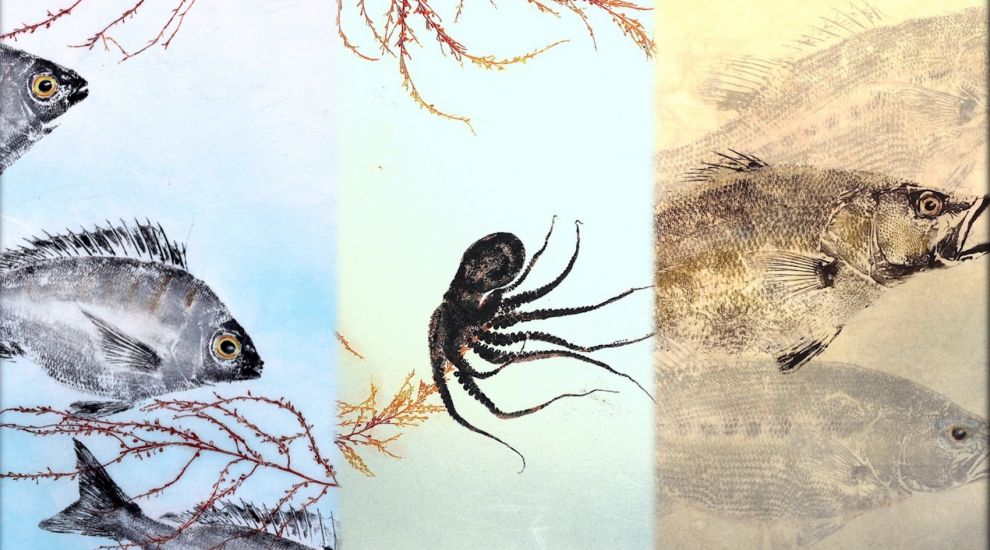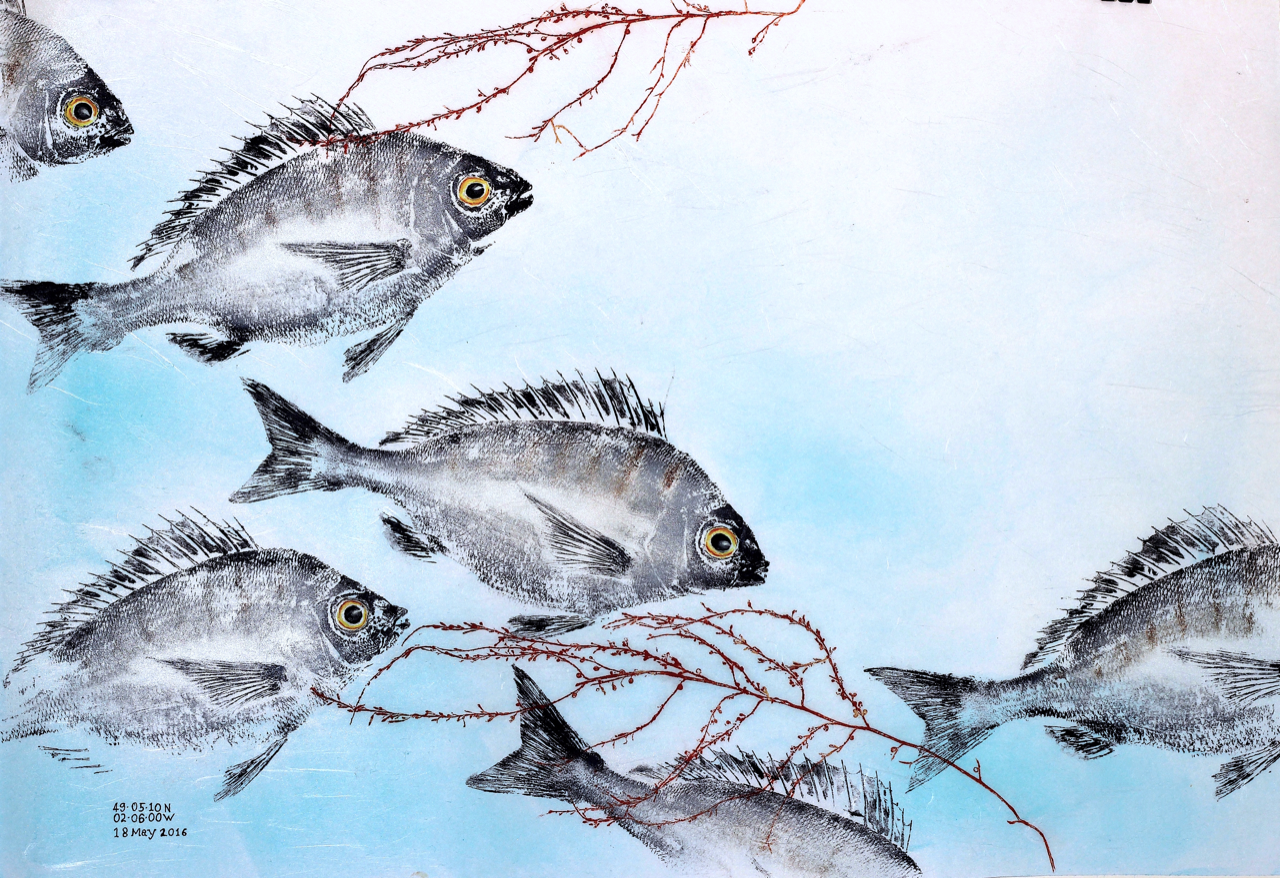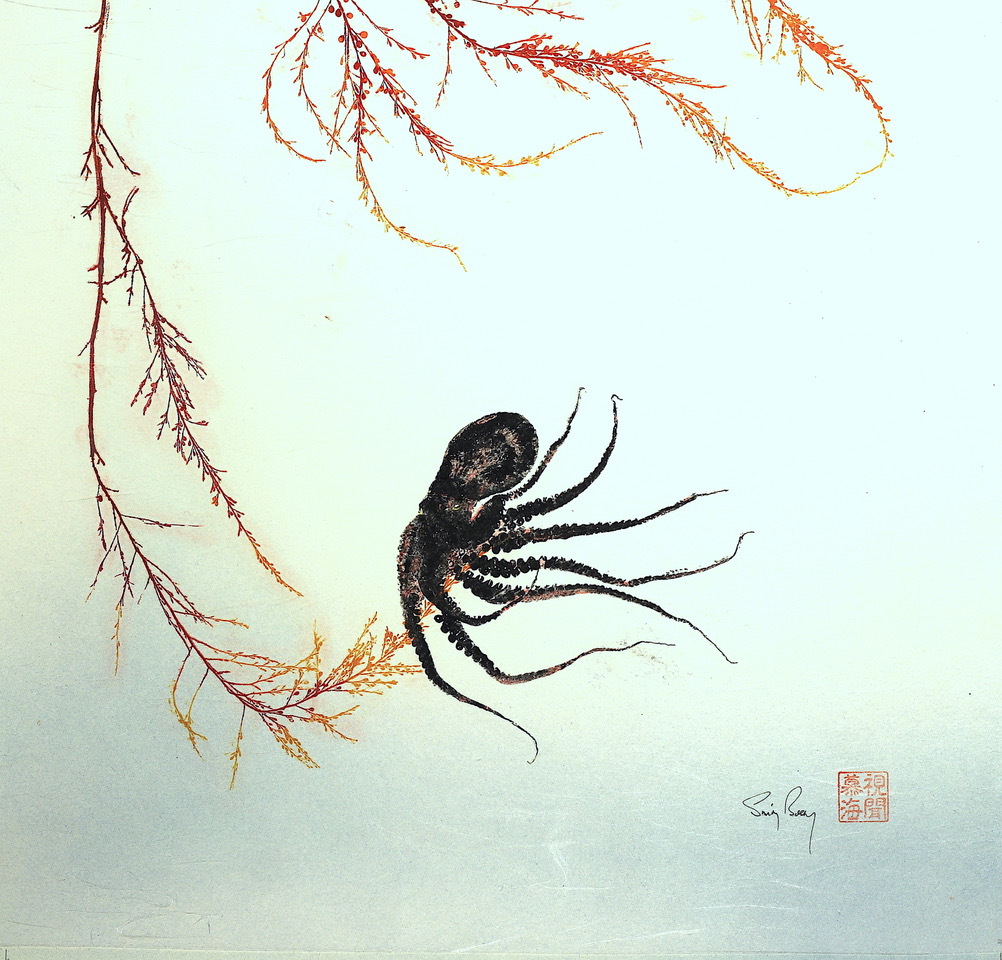


A local marine biologist has shared how he got hooked on bringing creatures of the sea to life using a unique Japanese art form.
Simon Bossy has probably spent more time in the water than on earth. A qualified marine biologist, he worked for the Department of Agriculture and Fisheries, eventually becoming Director for Marine Resources. Meanwhile, his hobbies – fishing, diving, sailing – are also linked to the sea.
So, when he discovered gyotaku - a traditional Japanese technique whose name comes from ‘gyo’, fish, and ‘taku’, rubbing, that aims to produce lifelike prints of fish - it is no wonder he got hooked.
He gave Express a schooling...
I had a student working for me, Carl Meyer. He left after doing his MsC in Jersey and ended up working in Hawaii for the local university. Hawaii has a big Japanese influence and gets a lot of Japanese visitors.
There are quite a few people do this type of art and he got attracted to doing some. He put me onto it. He said, ‘I have been trying this type or art, why don’t you try it too?'

Pictured: Gyotaku involves using actual fish to create artistic impressions of them.
He bought me some ink and I started trying it some 12 years ago. As marine biologist, I am a bit like a naturalist. I was intrigued by the idea to get a whole fish on paper.
First you prepare the fish carefully. You clean it, lay it down so that it’s nice and flat and stable and you orientate the fins as you want them. After that, you ink it very carefully to bring out all the features of the fish and the scales.
Then you lay the paint on the fish and you float light Japanese paper onto it. You press gently and rub it carefully without moving the paper, then you pull it and you have a mirror image of the fish. Once it’s dry you can go back to do the eyes.

Pictured: Simon said there are a multitude of techniques to learn depending on the different types of paper.
After the process is done, you have to let it set and dry before you can put another fish on. Once you develop the technique of doing an ordinary fish; you can add more fish on the paper. I like to add Jersey seaweed to get a flowing sort of feeling.
And then after that, because the paper is very light, it’s Japanese paper, you need to back it. You put that paper on a makeshift archival set of paper which makes it more rigid, ready for mounting.
A simple fish will take a day-and-a-half for a print.
I dive and swim around the island and I try to capture the beauty of the fish from Jersey. Most of the fish I have caught myself but sometimes people give them to me. The octopus I didn’t catch myself, that was quite a difficult one.
What’s been really interesting is when I first started, I thought you just had press paper on the fish but it’s a lot more complicated. I spent a lot of time learning about all the different sorts of papers. I also had to learn about the inks. I joined a nature printing society based in the US. We hold a workshop each year for about five or six days, we all get together and teach each other printing techniques. It’s been really great fun to get to know all these people who are now great friends.
Comments
Comments on this story express the views of the commentator only, not Bailiwick Publishing. We are unable to guarantee the accuracy of any of those comments.